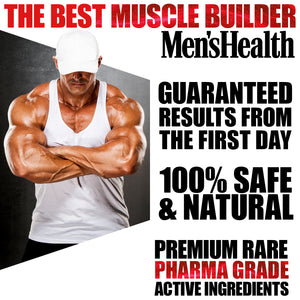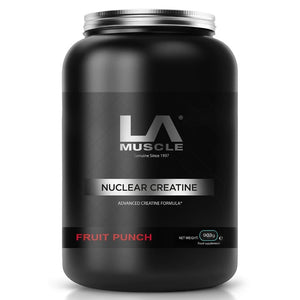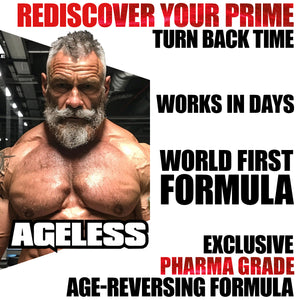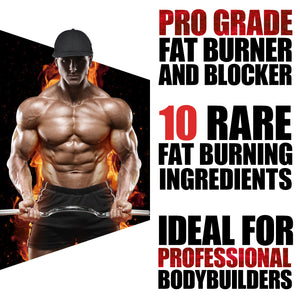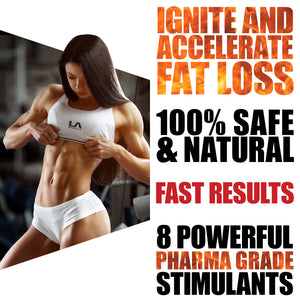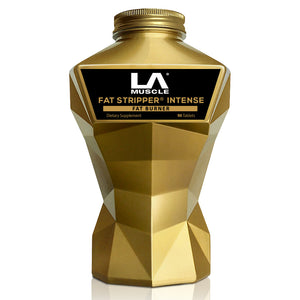
The sport of bodybuilding is one that has lived through decades of evolution, with athletes continuously exploring various techniques to maximize muscle growth and enhance physical appearance. One ongoing debate in the bodybuilding community centers around the optimal speed of performing repetitions during resistance training – slow reps versus fast reps. This discussion not only divides opinions among amateur gym-goers but also professional bodybuilders and fitness experts. This article delves into the science behind rep speed, its impact on muscle hypertrophy in the short and long term, and opinions from notable figures in the bodybuilding world.
Understanding Repetition Speed:
Before delving into the effects of slow and fast repetitions, it's crucial to understand what these terms mean. 'Slow reps' typically involve a more controlled lifting tempo, often with a focus on the 'negative' or eccentric phase of the movement, which is when the muscle lengthens under tension. In contrast, 'fast reps' prioritize explosive movements, where the athlete often lifts a weight with speed and sometimes less control, focusing on the 'concentric' phase when the muscle contracts.
The Science Behind Rep Speed and Muscle Growth:
Muscle growth, or hypertrophy, occurs when muscle fibers undergo repair after being damaged from applying a load greater than they're accustomed to – a process central to weightlifting and bodybuilding. The debate around repetition speed revolves around its effect on two key factors contributing to hypertrophy: mechanical tension and metabolic stress.
-
Mechanical Tension: Slow repetitions increase time under tension (TUT), which can amplify mechanical stress on the muscle fibers. The controlled eccentric phase causes more micro-tears in the muscle, necessitating repair and, thus, growth. Fast reps, on the other hand, allow for the use of heavier weights, increasing mechanical tension through load rather than duration.
-
Metabolic Stress: Slow reps, due to their prolonged TUT, can lead to greater metabolic stress, accumulating byproducts like lactate and triggering anabolic hormonal responses. Fast reps, alternatively, may not produce the same level of metabolic build-up due to shorter TUT, but they engage fast-twitch muscle fibers, crucial for growth, more effectively.
Short-term vs. Long-term Hypertrophy:
In the short term, beginners might witness rapid muscle growth with either method due to the 'novice effect.' However, the consensus suggests that slow reps can initially lead to significant hypertrophy because of the increased muscle damage and metabolic stress.
In the long term, the disparity becomes more nuanced. Fast reps enable athletes to lift heavier, thereby progressively overloading the muscles, a critical factor for continued growth. Yet, exclusively focusing on fast reps can potentially increase injury risk due to decreased control and form compromise, possibly hindering long-term progress.
Opinions from the Bodybuilding Community:
The bodybuilding community sees a variety of stances on this topic, often with a recognition that both methods have their time and place.
-
Jay Cutler, a renowned bodybuilder and multiple-time Mr. Olympia, advocates for controlled repetitions, emphasizing feeling the muscle work through the entire motion. However, he acknowledges the role of explosive lifts when training for strength and power, primarily as a competitor's career progresses.
-
Dorian Yates, famous for his 'High-Intensity Training' (HIT) approach, supports slow, controlled reps for maximum muscle engagement, believing it leads to optimal micro-tears and subsequent growth.
-
On the other side, Ronnie Coleman, known for his unbelievable strength, often employed fast, explosive reps, lifting incredibly heavy weights. He believes this method allowed him to build substantial muscle mass.
The slow reps vs. fast reps debate doesn't have a one-size-fits-all answer. Both methods can induce muscle hypertrophy but through different pathways. Slow reps focus on TUT and metabolic stress, while fast reps enable heavier lifts and potential for greater overall mechanical tension.
What seems to be crucial is the incorporation of both techniques into a training regimen. Periodizing workouts to include phases of both slow, controlled reps and phases of heavier, explosive reps might offer the comprehensive stimulus muscles need to grow continually, provided proper recovery protocols are followed. Additionally, individual factors like training experience, goals, and even muscle fiber composition play a role in what rep speed might be optimal.
In the end, listening to one's body and tracking progress will guide bodybuilders in personalizing their training for the best outcomes in muscle growth.


